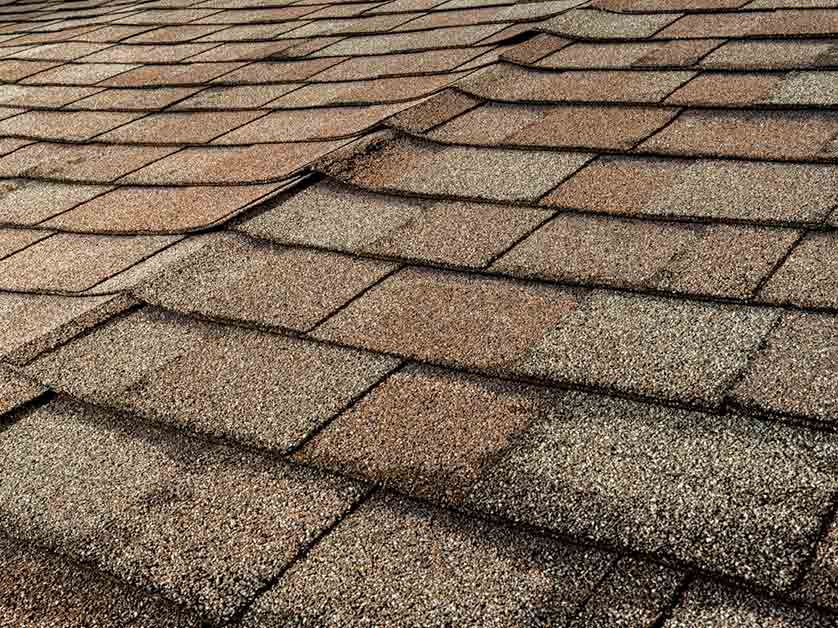
How to Spot Dry Rot on a Roof
Most of today’s roofs are built with wooden components — components that are vulnerable to dry rot that can lead to an unplanned roof replacement. In today’s post, the local roofers at The Great American Roofing Company share a guide to finding signs of dry rot.
What Causes Dry Rot?
Dry rot is caused by the fungus Serpula lacrymans. As it grows and spreads, it forms a network of fine white strands called hyphae, which can eventually form a large mass known as mycelium. Serpula lacrymans does not grow overnight, and it thrives in damp environments where it can spread unobserved.
Dry rot has a distinctive reddish-brown and dusty appearance with cubical cracking, all of which are unlike the kind of rot caused by moisture. At a later stage of the fungus’s life cycle, it forms a mass called a fruiting body characterized by a reddish-brown mass. At this stage, it is ready to release new spores into the air.
Where Does Dry Rot Occur?
The following roofing components are vulnerable to dry rot:
-
Decking. The flat plane that serves as the substrate for the moisture barrier and outer roofing material is typically built using plywood or OSB.
-
Fascia boards and soffits. These framing components are situated at the roof edges, and are exposed to the elements.
-
Rafters. Rafters are typically built using timber and the side facing the attic is exposed to conditions such as trapped moisture, making it the most vulnerable to dry rot.
How to Check for Dry Rot on a Roof
The key to spotting signs of dry rot is to regularly inspect the spots described above. While dry rot emits a musty odor, it’s not as pronounced as mold and may spread unnoticed unless you closely inspect your roof. Visually, dry rot can be identified by its telltale cracks, fissures and cubical fractures. In severe cases, you’ll find mycelium spreading even on non-wooden parts. You can also tap the wood with a large screwdriver or similar tool to test a surface: tapping on it firmly will cause affected areas to fall off.
Once you have confirmed the presence of dry rot, contact your roofer. Depending on the extent of damage, it may require nothing more than replacing a few boards, or it could mean replacing the roof. Your roofer may also recommend preventative measures such as applying borate to existing wooden components and fixing attic ventilation issues.
If your roof is showing signs of dry rot, give your roofers at The Great American Roofing Company a call at (201) 825-2955. You can also fill out our contact form to schedule an appointment.